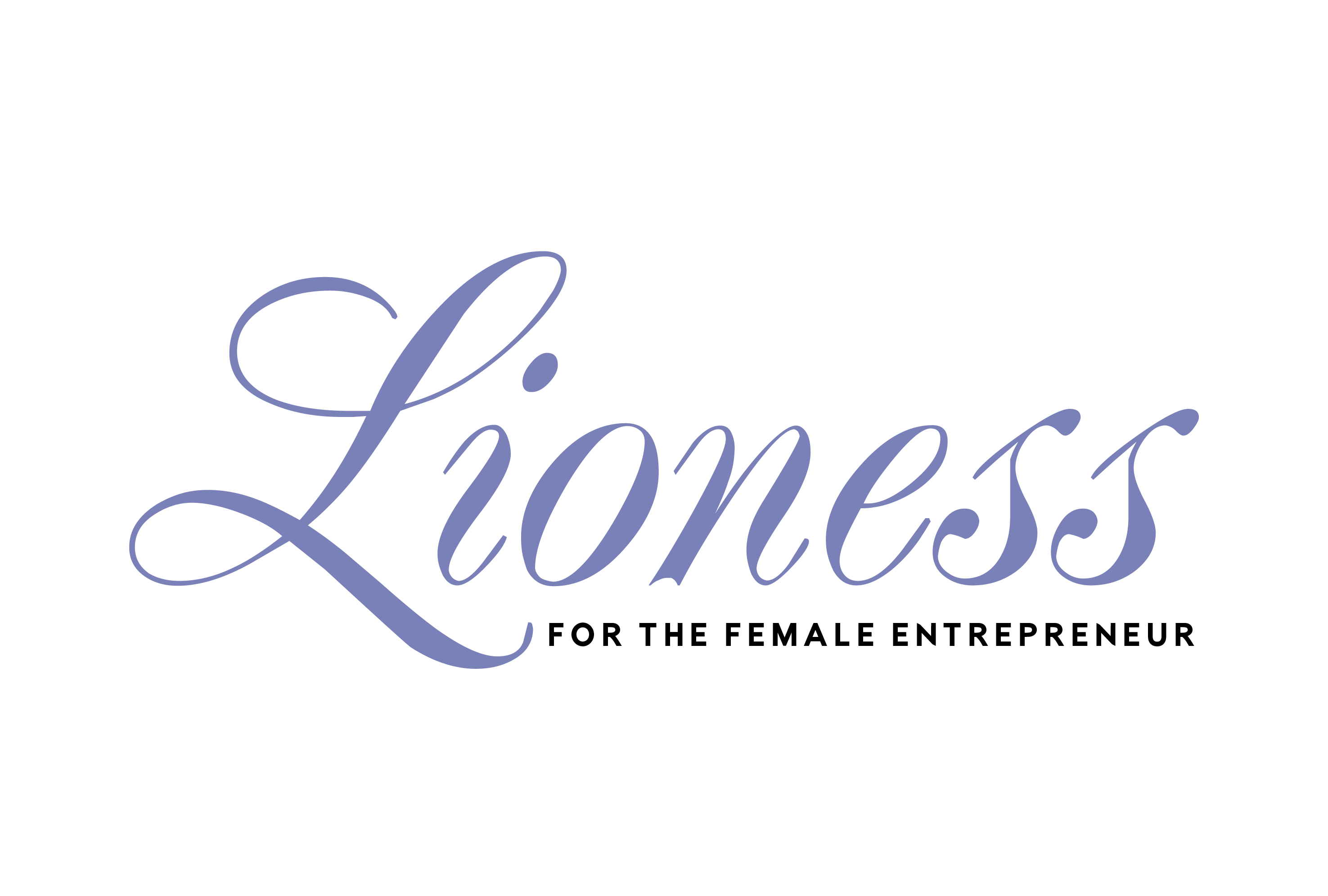 Today, we live in a society and business world where dramatic changes are constant. Some businesses have a very hard time keeping up while others are changing so fast that they ultimately crash and burn. And as anyone who has pushed themselves physically or emotionally to the limit and beyond will tell you, the preparation you engage in before the push is critical to your success.
Today, we live in a society and business world where dramatic changes are constant. Some businesses have a very hard time keeping up while others are changing so fast that they ultimately crash and burn. And as anyone who has pushed themselves physically or emotionally to the limit and beyond will tell you, the preparation you engage in before the push is critical to your success.
One of those people is Dr. Alison Eyring, an organizational psychologist, growth expert, CEO of Organisation Solutions, and endurance athlete. Alison knows from her work with Fortune/FTSE 500 and some of the world’s most innovative high-growth companies, along with her ultra-racing, that it’s important to practice what she’s coined, “Intelligent Restraint”— a philosophy backed by three decades of experience and scientific research that helps leaders find the right pace for enduring business growth.
To learn more about how to help your business grow at the right rate, without causing damage to its core strengths and foundation, I spoke with Alison about what leaders can learn about business growth from endurance training. We touch on concepts from her new book Pacing For Growth: Why Intelligent Restraint Drives Long-term Success.
Kathy Caprino: Alison, you share that business leaders can learn from endurance athletes about how to grow a business successfully. Can you tell us more about this?
Alison Eyring: As an endurance athlete, I found that I had to push myself to my max but not overdo it so that I risked injury and exhaustion. Using restraint in a smart way helped me get it right.
In the same way, I found growth leaders push their businesses to the max but no further until they have the right capacity to sustain them. This lets them drive short-term performance and execution, but also avoid injuring the business and conserve energy—while building the right capabilities for long-term growth, which is the whole point.
I call this growth philosophy Intelligent Restraint; it’s based on a combination of physiological and psychological research, my experience as a CEO, and 25 years helping global leaders grow their businesses.
Caprino: Your new book fully explores pacing for growth. How can we ensure our businesses are growing at the right pace?
Eyring: Pace is the cornerstone of Intelligent Restraint. All kinds of organizations can struggle to find the right pace whether they are high-growth or slow-growth. But what’s common is that they all need to find the right pace that lets them build the right capabilities to increase their capacity for future growth.
One of the most common symptoms that indicate your business is not going at the right pace is that it starts to experience “boom-splat” cycles of growth. There’s often a ramp up of growth and activity and then a slow-down. These cycles are usually repeated, they’re incredibly inefficient and they’re very frustrating!
In endurance training, the surest sign that you’re going at the wrong pace is a physical injury. In a business, you’ll see mistakes, customer service problems or safety incidents.
The right pace for your business will be one where you can execute and deliver results but at the same time have the time and energy to build capabilities for future growth.
Finding the right pace is hard work and it’s different for every business. You can take this test to tell if you and your business are going at the right pace for growth.
Caprino: Why is focus more crucial than vision when it comes to business growth?
Eyring: It’s easy to become excited about a growth vision, but then we often fail to deliver on it. As in any race, vision gets you to the starting line, but focus gets you across the finish line. I’ve found that growth leaders are laser-focused. They create a small number of priorities that really matter for growth and then align everyone around them.
If you think you might have a problem with focus, try asking yourself these questions:
• Can you count on one hand the most critical things you must deliver this year?
• If I were to ask you and your boss your top three priorities, would you both give the same answer?
• Do you regularly block time on your calendar to create space to work on your top priorities?
There’s a much longer checklist in the book. But if the answer to all three of these was “no,” you may have a problem with focus.
Caprino: You say routines are critical for business growth. What are the right growth routines?
Eyring: A routine is a pattern of activity that you follow regularly. It can be super simple, like starting the day by talking with your colleagues rather than opening your e-mail. This sparks new ideas, builds friendship, and can energize you. When you have a routine like this in place, it slowly changes how you interact with others. As you change how you interact with others, the conversations change you too.
Routines also can be great for teams. For example, I once worked with a senior leadership team that was seen (correctly so) by the organization as focusing too much within their part of the business. They agreed to facilitate one another’s strategies or planning sessions over the course of the next year. As they did this, they helped one another and got to know the other leaders’ teams. They also started to coach and support one another as they learned about issues or problems they faced. Over time, this routine fundamentally shifted their behavior and built capabilities the business needed for growth.
Growth routines create new habits and ways of thinking about growth. Here are a few simple ways to create the right growth routines:
• Identify the most critical new attitude or way of thinking that your growth strategy requires and create a simple routine to turn it into a habit.
• Identify critical stakeholders who will play a role in executing your growth strategy. Create routines that bring their perspective into your thinking or increase positive interactions with them. Sometimes customer boards serve this purpose well. We work with a payments company whose employees volunteer to act as brand ambassadors who visit merchants to observe them and learn about their experiences with payments.
• Less is more! Prioritize your routines and decide how many you can absorb and utilize. Manage the set like a portfolio. Once a routine is habit, try out another one. But don’t move on until the routine is embedded. Really embedded!
• Give each routine a few tries to see if it can work. Decide how long you will give it to prove its worth. Then be brutal in stopping it quickly and publicly if it doesn’t work.
Caprino: Today, the needs and wants of customers are constantly changing. How can business leaders keep up?
Eyring: In my book, I describe one growth capability in particular that can help you respond to customers: “outside-in” thinking.
To think “outside-in,” you need to build routines into your business that will force you to see the product from the customer’s perspective. Get creative about ways to incorporate outside thinking into the “insider’s club” of your boardroom. For example, in Singapore, DBS Bank hosted hackathons to help it rethink its customer experience. The winners designed a retail concept that the bank tested. And the bank then hired them!
If you have routines in place that build and utilize outside-in thinking, you’re in the best position to understand how customers’ needs and wants are changing. It’s easy to become focused on how we performed in the past or to focus internally. Growth leaders make this kind of innovation a part of the culture of the business. I recommend regularly co-creating new services with customers. Hold regular engagements with leaders to learn together—these will yield insights into how they are changing much earlier than it is known more broadly. Then the challenge is to make sense of this and to prioritize actions.
For learn more, check out Alison Eyring’s new book Pacing For Growth: Why Intelligent Restraint Drives Long-term Success.
For more from Kathy Caprino, visit KathyCaprino.com, her Amazing Career Project course, and her TEDx Talk “Time to Brave Up.”
This article originally appeared in Forbes.







[…] startup stands right now. Are you going to double in value by the end of the next fiscal year? If the growth is great, don’t give up now. It might not be smart to sell if you can command a lot more just a few months […]